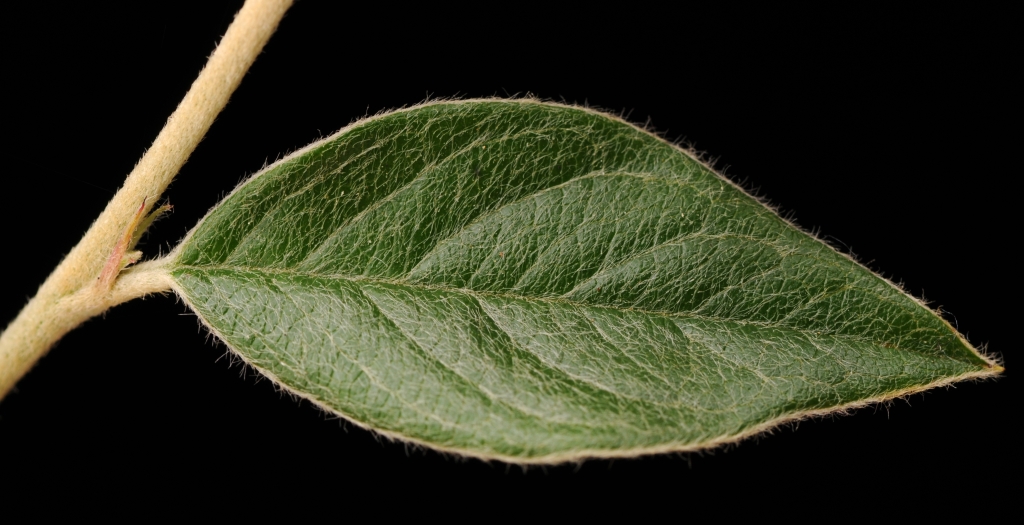Rosaceae
Trees, shrubs, herbs or soft-caned (rarely woody) climbers, deciduous or evergreen; stems with or without thorns or prickles. Leaves mostly alternate, simple or compound, often imparipinnate, sometimes palmate, margins entire, toothed or lobed; stipules usually present, often fused to petiole. Inflorescence a terminal raceme or cyme or flowers single in leaf-axils. Flowers actinomorphic, usually bisexual. Calyx with 4 or 5 sepals; epicalyx often present with an additional 4 or 5 sepal-like bracts; petals 4 or 5, caducous, sometimes absent or doubled; stamens 1–many, anthers dehiscing by longitudinal slits; ovary inferior to superior; carpels 1–several, 1-celled, free or fused to various degrees to each other and to the hypanthium, ovules usually 1 or 2 per carpel, styles 1 per carpel. Fruits or fruitlets consisting of the ripe indehiscent carpels, either dry or succulent, often aggregated, included in the hypanthium or either raised on an extended receptacle or sunk in a hollow receptacle; seeds with a straight embryo and little or no albumen.
About 122 genera with c. 3370 species, cosmopolitan but showing its greatest diversity in northern temperate regions; 23 genera in Australia (18 entirely introduced).
Members of several genera are of economic importance for human food such as Malus (Apple), Prunus (Cherry, Plum, Peach, Apricot, Almond etc), Pyrus (Pear), Rubus (Blackberry, Raspberry, Loganberry), Fragaria (Strawberry), Cydonia (Quince) and Eriobotrya (Loquat). Others are grown as decorative ornamentals or for hedges such as Rosa (Roses), Crataegus (Hawthorns) and the cotoneasters. Any of these may occur as residuals, or spread weakly from the primary seed source. A number of introduced species, particularly Rubus (Blackberries) and Cotoneaster, are serious agricultural and/or environmental weeds.
Recent authors (e.g. Harden 1990) have treated Rosaceae as 3 segregate families (Rosaceae, Malaceae and Amygdalaceae) based mainly on the structure of the carpels and fruit. A forth segregate family, Spiraeaceae is also sometimes recognised.
Jeanes, J.A.; Jobson, P.C. (1996). Rosaceae. In: Walsh, N.G.; Entwisle, T.J., Flora of Victoria Vol. 3, Dicotyledons Winteraceae to Myrtaceae, pp. 556–585. Inkata Press, Melbourne.
 Spinning
Spinning


